Deciphering the History of the World’s Oceans Through Microfossils
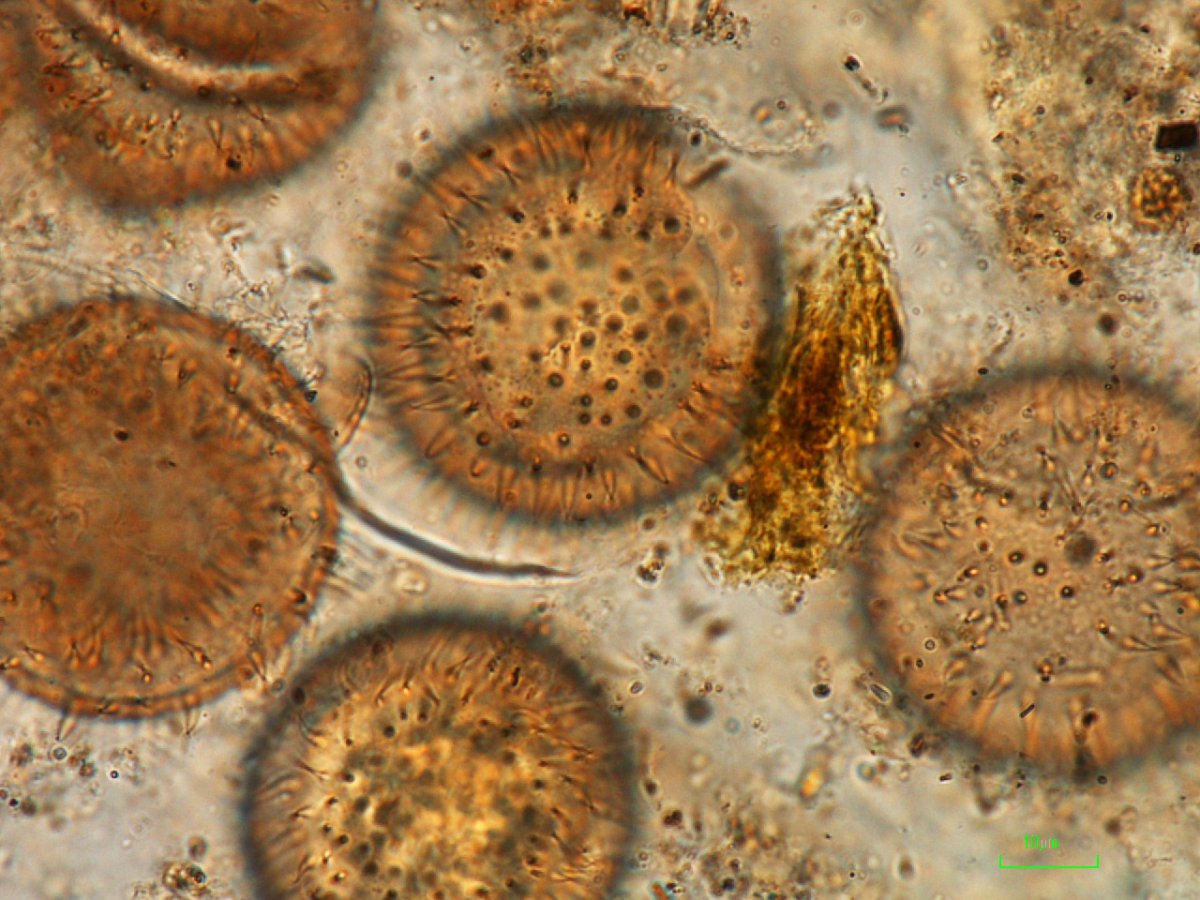
-Written by Vera Pospelova, Professor
The World’s Ocean plays a crucial role in our lives in many ways (e.g., it supplies food, provides transportation of goods, influences weather and climate, and regulates the concentration of CO2 in the atmosphere), but it remains profoundly understudied. To have accurate estimates of present rates of change and reliable predictions for the future, we need to improve our understanding of the ocean’s past and be able to assess environmental change at all spatial and temporal scales. Since long-term monitoring measurements are scarce or often unavailable, especially when we go beyond the period of instrumental time series, this information could be obtained only by developing and using (paleo)proxies from well-dated sedimentary cores.
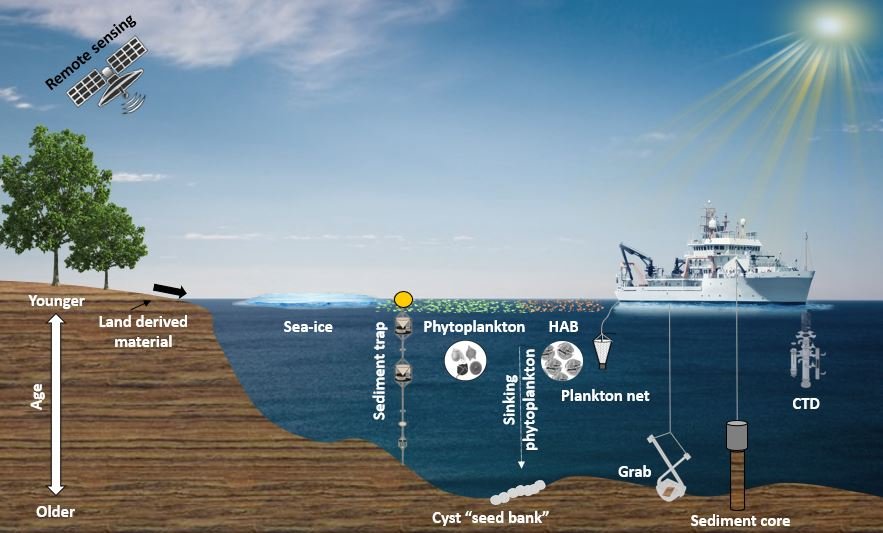
Over the past 20 years, research by Professor Vera Pospelova’s group has been focused on the development, calibration, and application of organic-walled microfossils or marine palynomorphs (mainly dinoflagellate cysts, but also foraminiferal organic linings, pollen and spores, etc.) as qualitative and quantitative indicators of past and present environmental conditions. This paleoceanographic research includes extensive sea-going field, laboratory, and microscopy work.
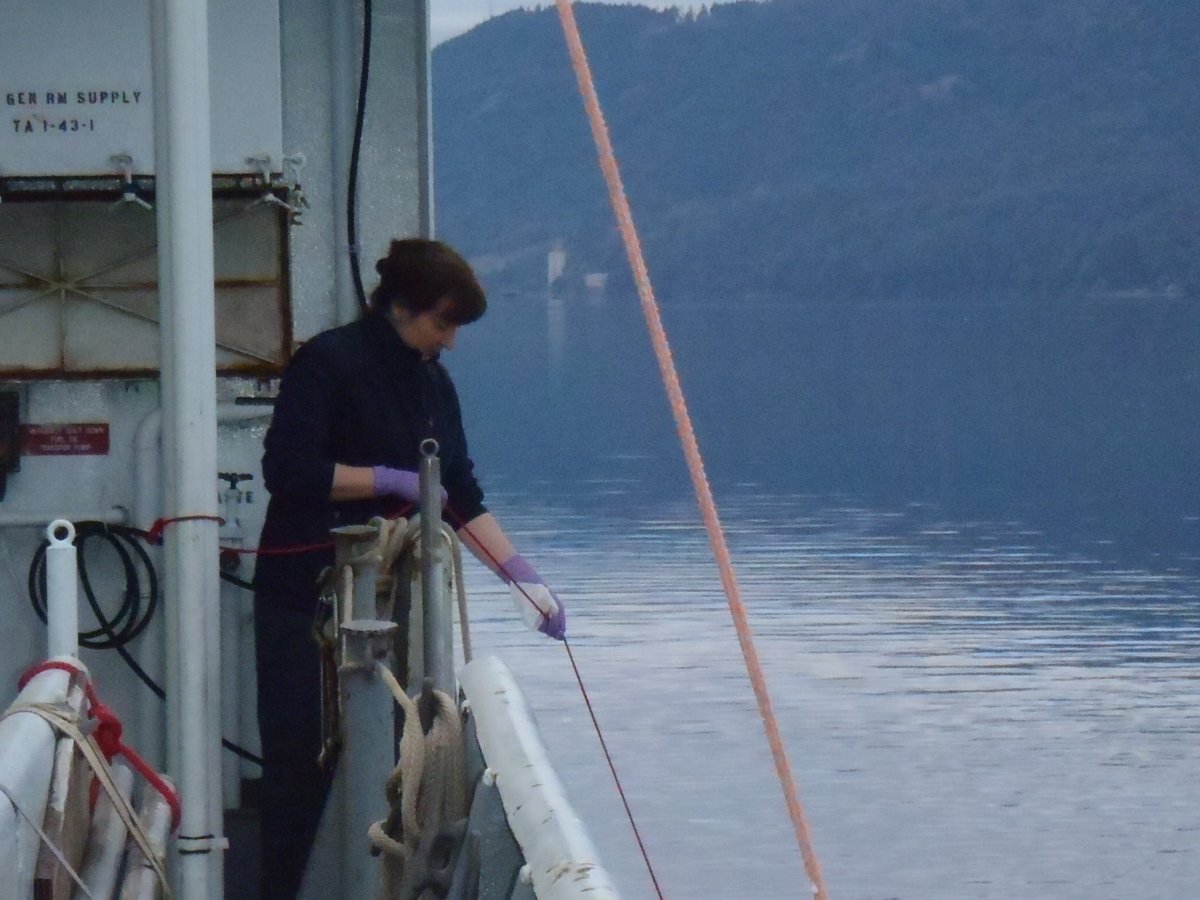
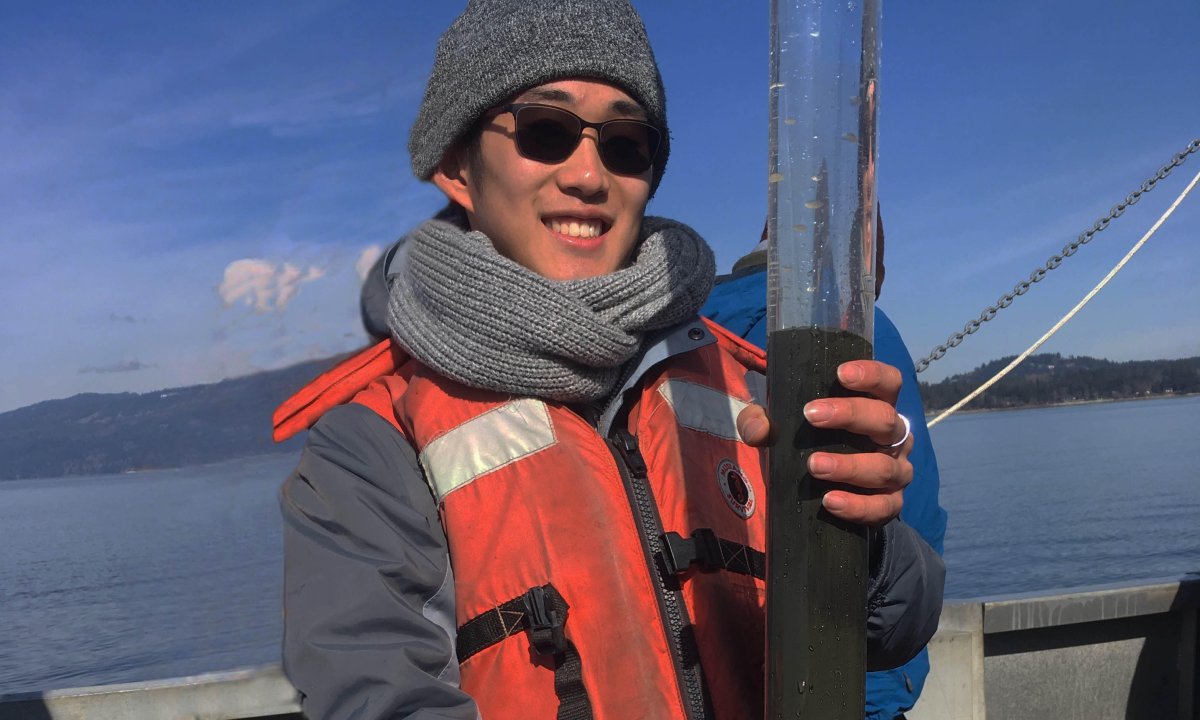
Dinoflagellates are unicellular eukaryotic organisms and a major group of marine primary producers that form the foundation of the global ocean food web and contribute to almost half of the total global primary production. Many dinoflagellates produce resting cysts that settle through the water column, deposit in sediments, are not susceptible to dissolution, and stay fossilized for millions of years. Since cyst production is strongly influenced by upper-water oceanographic conditions, their sedimentary record “archives” information on sea-surface temperature, salinity, primary productivity, and sea-ice cover at the time of deposition (e.g., Pospelova et al., 2008; de Vernal et al, 2020). This makes dinoflagellate cysts an indispensable tool for inferring past environmental conditions and enables reconstructions of oceanographic parameters. At the foundation of this research is the collection and calibration of dinoflagellate cyst census data, which is usually performed using surface sediment samples. The latter typically represent several years of deposition and are unsuitable for determining seasonal and inter-annual patterns in cyst production that also varies on regional and global scales. To rectify this limitation significant progress has been achieved over the last decade by employing multi-year sediment trap studies addressing seasonal dynamics of dinoflagellates in relation to measured hydrographic conditions, primarily in the Pacific Ocean (e.g., Pospelova et al., 2010, 2018; Price and Pospelova, 2011; Bringué et al., 2013, 2019; Li et al., 2018).
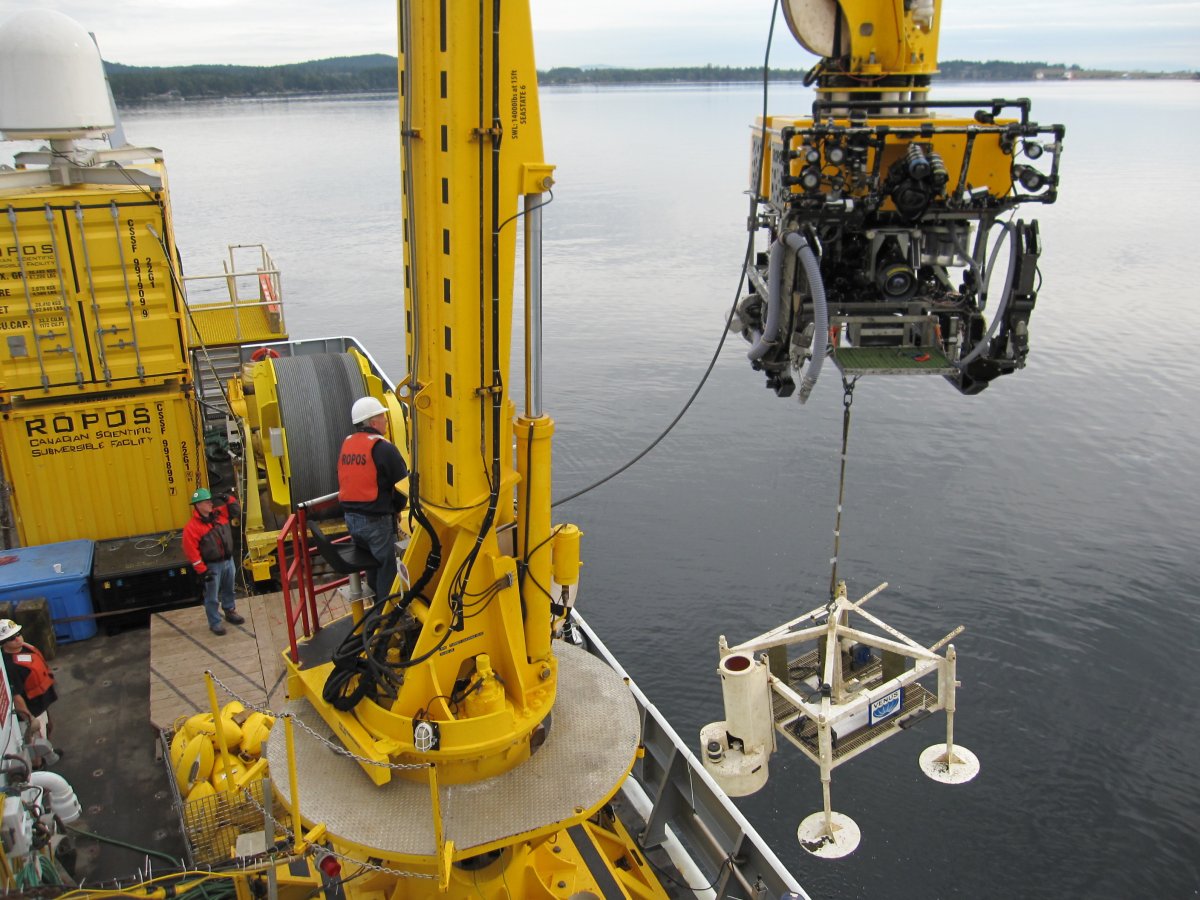
The first such study of sediment trap samples and CTD data in the Beaufort Sea is now underway at the Paleoenvironmental Laboratory (ESCI, UMN), as our group shifts the main research focus from the low- to mid-latitude region of the North Pacific to sensitive ecosystems of coastal Alaska and the Arctic Ocean (e.g., Obrezkova et al., 2023). Preliminary results show clear seasonal shifts in dinoflagellate cyst fluxes and the influence of sea-ice dynamics on phytoplankton production. That lays the foundation for future high-resolution paleoceanographic reconstructions of sea-ice cover and consequent primary productivity changes in the region extending back in time by thousands of years.

Dinoflagellate cyst research requires standardization of sedimentary extraction and meticulous microscopy work at high magnifications for taxonomic identification of these ~20-60 micrometer-size microfossils. Since we are studying poorly accessible and unexplored regions, we regularly encounter and describe new species of dinoflagellates and their cysts. Of special interest are the cysts produced by toxic dinoflagellates that are responsible for harmful algal blooms (HABs) and cause great concerns for coastal communities.
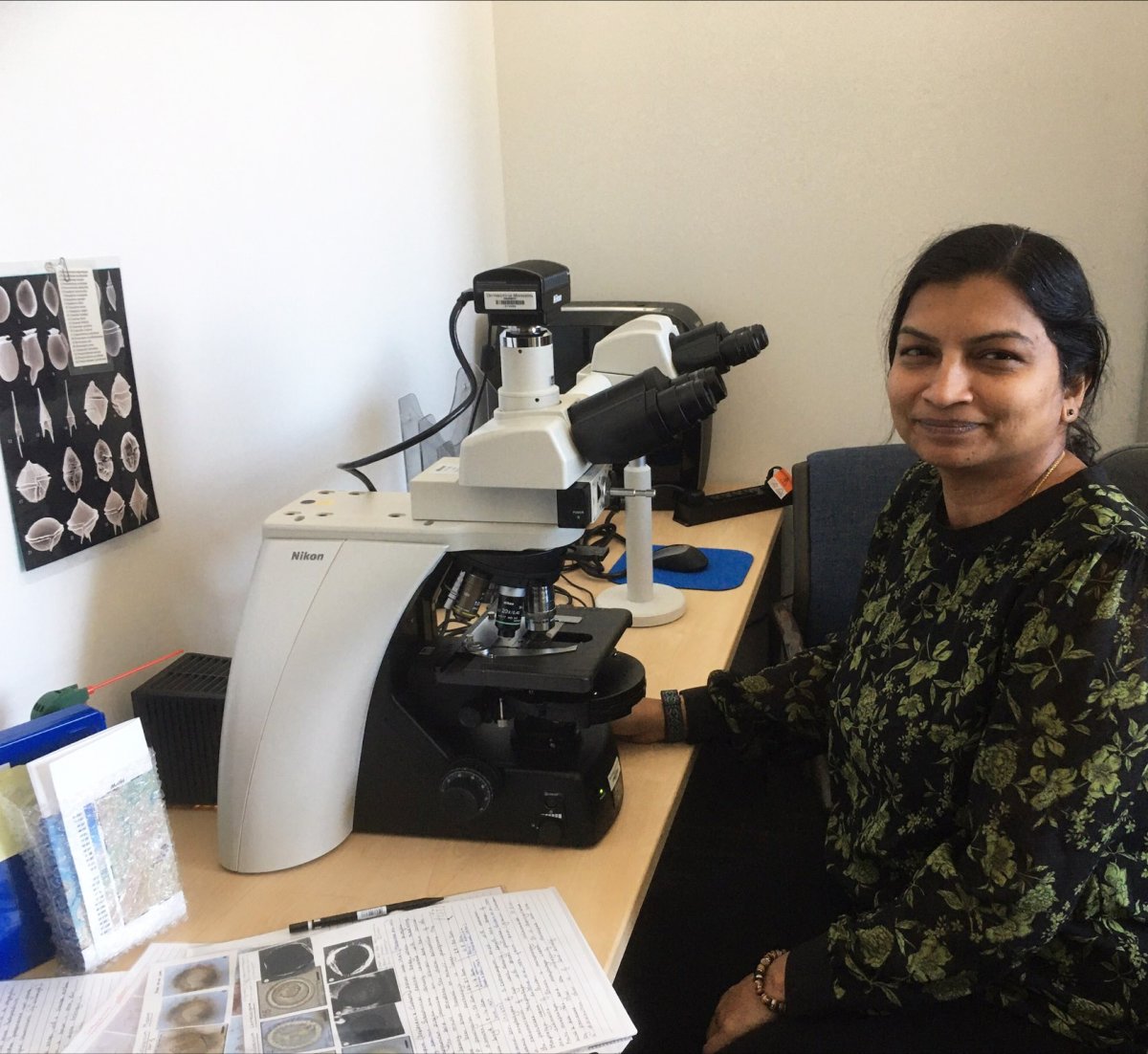
References can be found at: https://paleoenvironmental.esci.umn.edu/publications